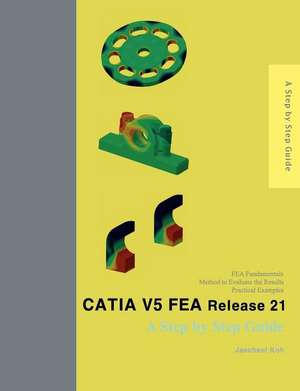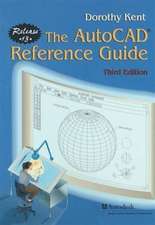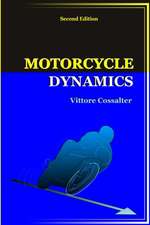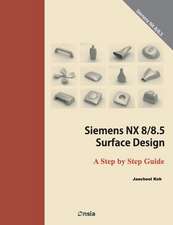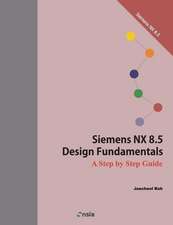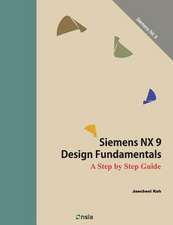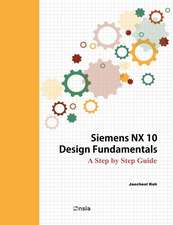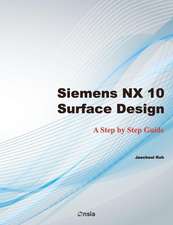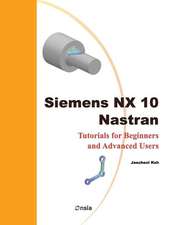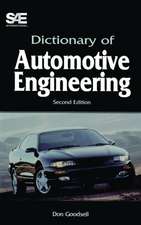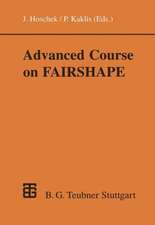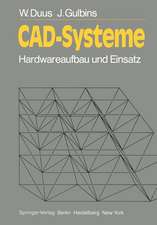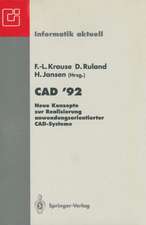Catia V5 Fea Release 21: A Step by Step Guide
Autor Jaecheol Kohen Limba Engleză Paperback
Preț: 323.67 lei
Preț vechi: 404.60 lei
-20% Nou
61.94€ • 64.43$ • 51.14£
Carte disponibilă
Livrare economică 24 martie-07 aprilie
Specificații
ISBN-10: 1470172828
Pagini: 398
Dimensiuni: 189 x 246 x 21 mm
Greutate: 0.71 kg
Editura: CreateSpace Independent Publishing Platform
Descriere
This textbook explains how to perform Finite Element Analysis using the Generative Structural Analysis workbench in CATIA V5. CATIA is a three dimensional CAD/CAM/CAE software developed by Dassault Systems, France. This textbook is based on CATIA V5 Release 21. Users of earlier releases can use this book with minor modifications. It is assumed that readers of this textbook are familiar with creating parts and assemblies in CATIA V5. However, any persons not familiar with CATIA V5 modeling and assembly but interested in FEA can learn through the step by step processes laid out in this textbook, such as naming a part file, creating a 3D model for analysis or defining an FE model. Each process is accompanied by illustrations. Each chapter deals with a major topic in FEA and proceeds with an analysis procedure using CATIA V5 Structural Analysis. At the end of each chapter the author explains the meaning of the results and recommends additional topics to be considered. Engineers and mechanical engineering students are highly recommended to read this textbook to increase their knowledge of FEA by using CATIA V5 Generative Structural Analysis. Topics covered in this textbook - General concepts of FEA - Singularity in static analysis - Effects of fillets and stiffeners - Bearing loads and reflective symmetry - Rotational loads and cyclic symmetry - Use of a coordinate system in defining boundary conditions and loads - Using two dimensional and one dimensional elements - Connections: Seam weld, rigid, bolt, pressure fit and contact - Applying loads with enforced displacement - Automatic mesh adaptation - Using the temperature effect in static analysis - Buckling and normal mode analysis"
